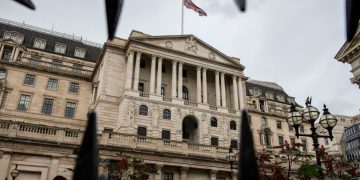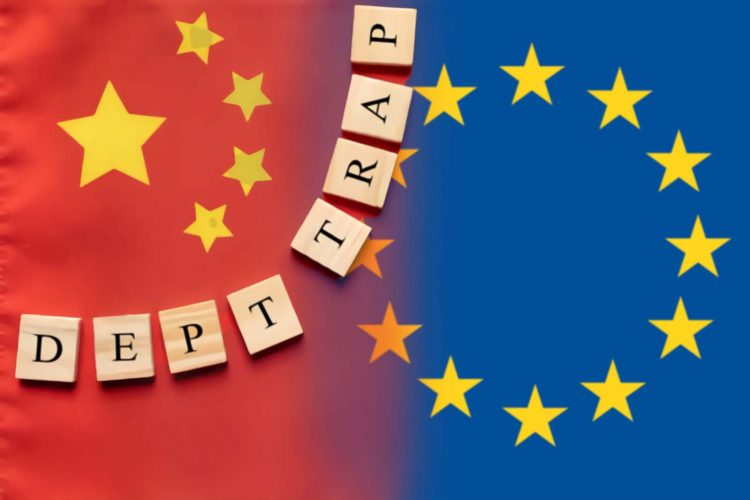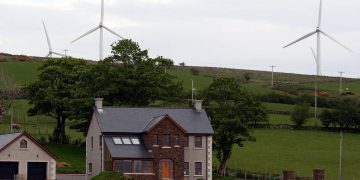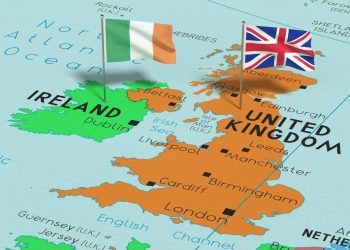The debt trap- Europe got into China’s “debt trap”.
Billions of dollars of Chinese money have boosted the economic prosperity of European countries. But many of these deals are catchy. Critics say many of the contracts are, in fact, “debt traps” and allow China to decide what will happen if it does not pay. China insists it is a reliable partner for investment but also faces charges of labour abuse and environmental damage.
What is China’s influence in terms of ‘debt’ over the World?
While China’s role in global trade is highly publicized and politically polarizing, its growing influence in international finance has remained more obscure, primarily due to a lack of data and transparency. Over the past two decades, China has become a primary global lender, with outstanding claims now exceeding more than 5% of global GDP. Almost all of this lending is official, coming from the government and state-controlled entities.
The research shows that China has extended many more loans to developing countries. This systematic underreporting of Chinese loans has created a “hidden debt” problem – meaning that debtor countries and international institutions alike have an incomplete picture of how much governments around the World owe to China and under which conditions. In total, the Chinese state and its subsidiaries have lent about $1.5 trillion in direct loans and trade credits to more than 150 countries around the globe. This has turned China into the World’s largest official creditor — surpassing traditional, official lenders such as the World Bank, the IMF, or all OECD creditor governments combined.
Despite the large size of China’s overseas lending boom, no official data exists on the resulting debt flows and stocks. China does not report on its international lending, and Chinese loans fall through the cracks of traditional data-gathering institutions. For example, credit rating agencies, such as Moody’s or Standard & Poor’s, or data providers, such as Bloomberg, focus on private creditors. Still, China’s lending is state-sponsored and, therefore, off their radar screen. Debtor countries often do not collect data on debt owed by state-owned companies, which are the primary recipients of Chinese loans. In addition, China is not a member of the Paris Club (an informal group of creditor nations) or the OECD, collecting data on lending by official creditors.
Researchers embarked on a multi-year data-gathering effort to address this lack of knowledge. They compiled data from hundreds of primary and secondary sources put together by academic institutions, think tanks, and government agencies (including historical information from the Central Intelligence Agency). The resulting database provided the first comprehensive picture of China’s overseas debt stocks and flows worldwide, including nearly 2,000 loans and almost 3,000 grants from the founding of the People’s Republic from 1949 to 2017. Most Chinese loans have helped large-scale finance investments in infrastructure, energy, and mining.
What is China’s debt over Europe?
China’s BRI has made several investments in the European Union and continental Europe, including the port of Piraeus in Greece, Portugal’s energy and transport sectors, and Hungarian railways. More than 12,400 freight trains travelled between China and Europe in 2020. In April 2021, the Prime Minister of Montenegro asked the EU to help the country repay the $1 billion loan the Exim Bank of China granted in 2014 to fund the A-1 motorway; it accounted for about 25 percent of Montenegro’s external debt. Under the terms of the loan, China would receive thousands of hectares in case of non-payment. The EU’s rationale for refusing to fund the project was called unfeasible and not economically viable in two feasibility studies by the European Bank of Reconstruction and Development and the European Investment Bank. With an estimated $23.8 million per kilometre, it is one of the World’s costliest highways. The China Africa Research Initiative paper called reporting the land as collateral a rumour derived from the mistranslation of a standard clause in the contract.
The amount of Chinese foreign direct investment in the EU has risen rapidly, peaking at €37.2bn in 2016. However, it’s fallen away since then amidst a slowdown in Chinese investment globally, according to the Rhodium Group and the Mercator Institute for China Studies. In European countries outside the EU, Chinese investment also dropped in 2018. China’s ownership of EU businesses is relatively small but has proliferated over the past decade.
According to a report from the European Commission in March, a third of the bloc’s total assets are now in the hands of foreign-owned, non-EU companies. Of these, 9.5% of companies had their ownership based in China, Hong Kong or Macau – up from 2.5% in 2007. That compares with 29% controlled by US and Canadian interests by 2016 – down from nearly 42% in 2007. So, it’s a significant increase, but the total amount is not huge, comparatively speaking.
According to the Rhodium Group and Mercator Institute, a large proportion of Chinese direct investment is concentrated in the major economies, such as the UK, France, and Germany combined. Last year, an analysis by Bloomberg said that China now owned, or had a stake in, four airports, six maritime ports, and 13 professional soccer teams in Europe. It estimated there had been 45% more investment activity in 30 European countries from China than in the US since 2008. And it said this was underestimating the true extent of Chinese exercise.
What did the EU say regarding Montenegro?
The European Union cannot help EU-hopeful Montenegro repay its debts to China but can help it complete a highway plan that started with a massive loan from Beijing. The tiny Balkan republic will struggle this year to start servicing a 1 billion euro loan from China that it took in 2014 to build the first phase of the highway linking the port of Bar on Montenegro’s Adriatic coast to landlocked neighbour Serbia. Montenegro’s Deputy Prime Minister Dritan Abazović said in March that the EU should therefore help the country refinance the loan taken out by the previous Montenegro government to protect the EU candidate from becoming dependent on China.
Asked about the call for help, a Commission spokeswoman said that every country was free to make its own investment decisions but that the “EU did not repay loans from third parties.” The spokeswoman said that Montenegro would have to find its way to handle the Chinese loan spent on a 44 km stretch of the 165 km motorway. Still, the EU was willing to help with money for the rest of the road through its 9 billion euro Economic and Investment Plan for the Western Balkans. “We are providing a mix of grants, guarantees and preferential loans from international financing institutions such as European Investment Bank and the European Bank for Reconstruction and Development,” she said, noting the financing was at “very favourable conditions”.
Conclusion
Across Europe, as governments worry about Russia’s invasion of Ukraine post-pandemic, Beijing is powering on – expanding its portfolio. Running European ports and mines – building roads and bridges – investing where others won’t. But countries are having to weigh up the rewards – and risks – of signing deals with China.
Many governments are increasingly wary of so-called “debt traps”, where lenders – such as the Chinese state – can extract economic or political concessions if the country receiving investment cannot repay. Billions of dollars of Chinese money have boosted the economic prosperity of European countries. But many of these deals are catchy. Critics say many of the contracts are, in fact, “debt traps” and allow China to decide what will happen if it does not pay.





























